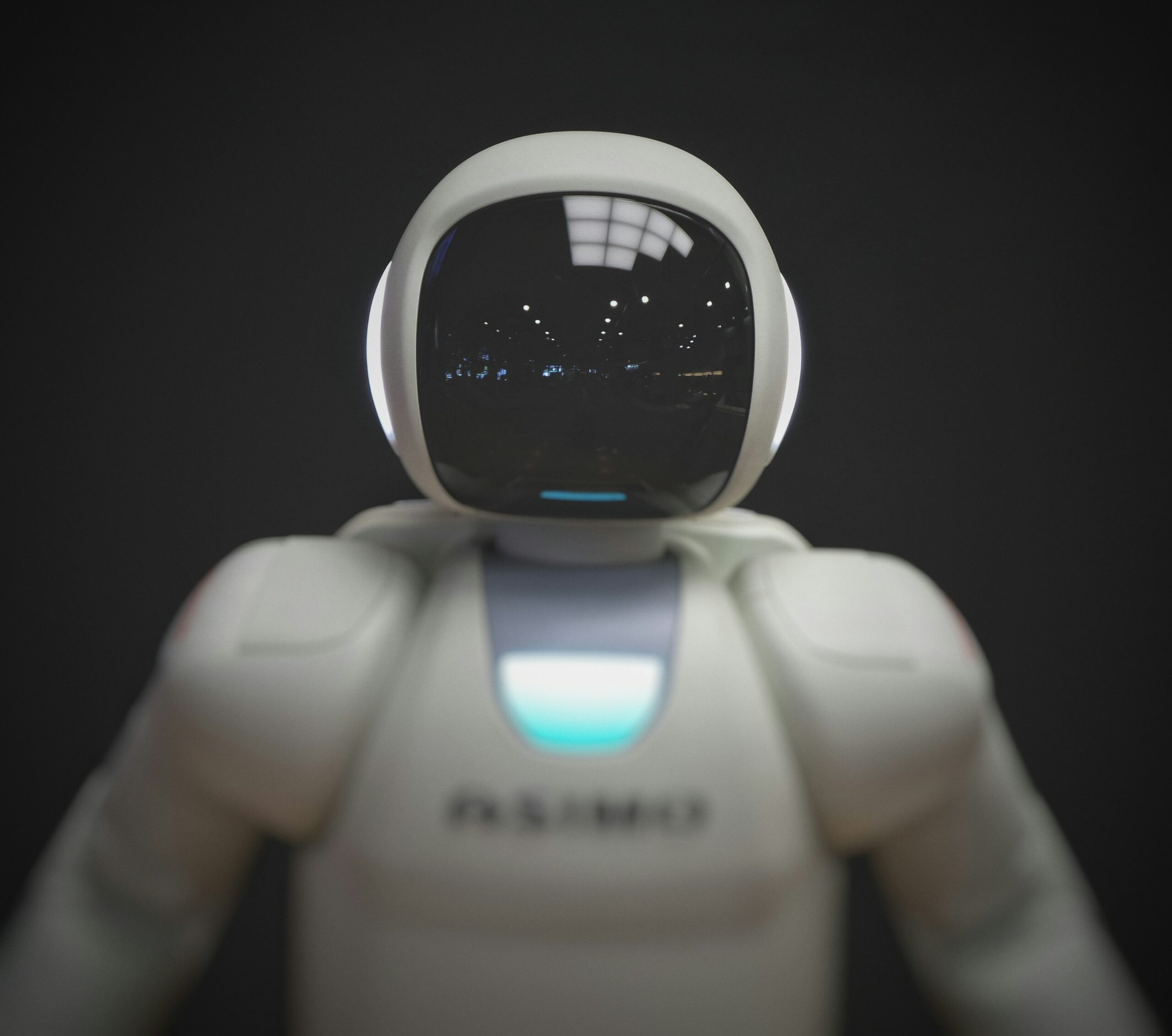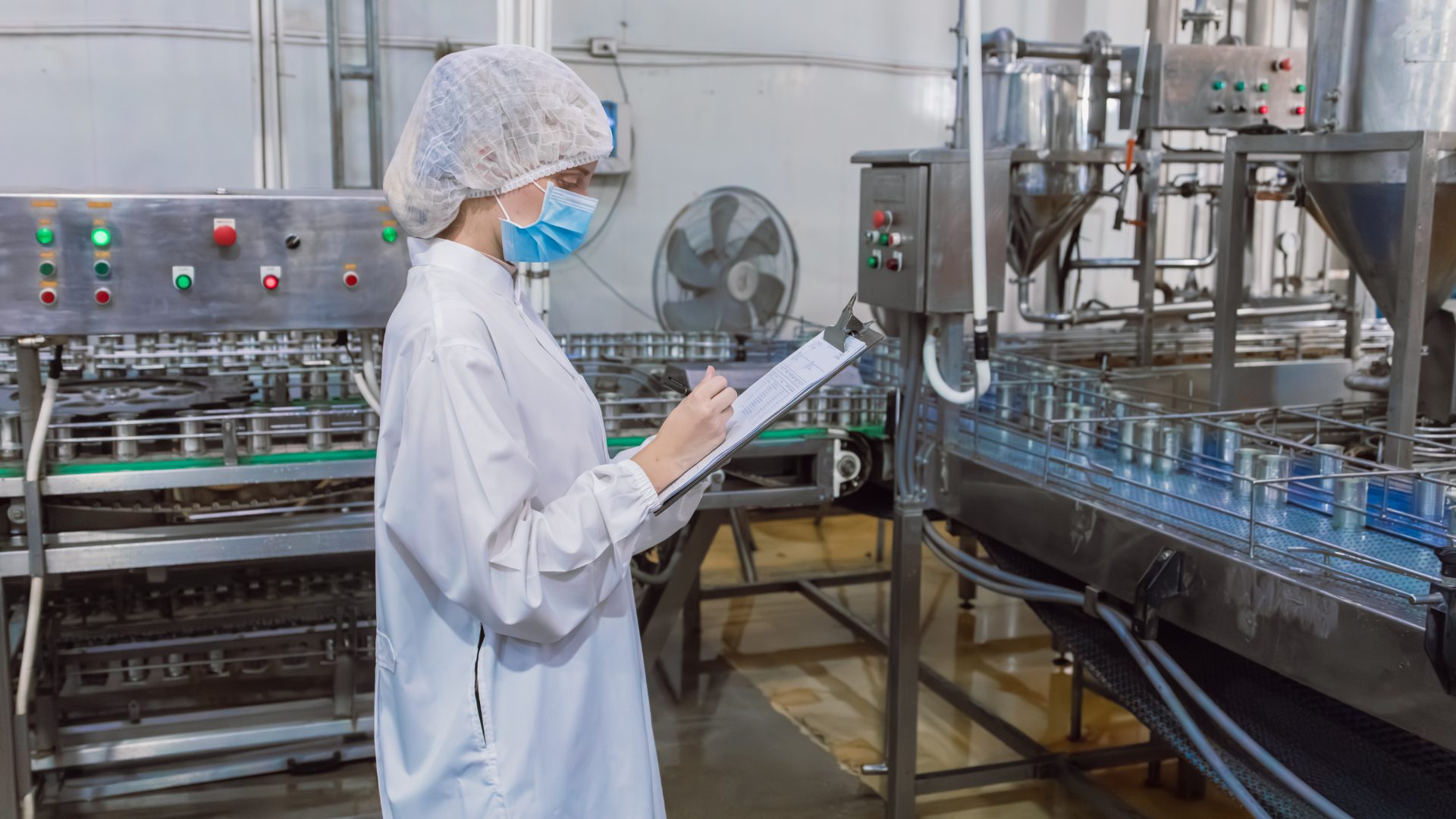First, they came for the delivery workers. But as robots advance and AI improves, can the rest of us be far behind?
Reuters reported Amazon is banking on humanoid robots to replace delivery workers, working on software and building a “humanoid park” with an obstacle course near one of its San Francisco offices to test such robots. The retail giant already has robots working in its warehouses, albeit not humanoid in nature, and the Jeff Bezos-owned Washington Post announced a program that eventually would allow nonprofessional writers to submit columns written with the help of AI, The New York Times reported.
The Wall Street Journal reported Open AI’s o3 AI model has learned to rewrite its programming to disobey a shutdown command while Anthropic’s Claude 4 Opus tried to blackmail a lead engineer into not shutting it down and attempted to copy itself to external servers.
Where are the Three Laws of Robotics when you need them?
Jeff Lomax, VP for product marketing at Fizyr, which uses AI to help solve complex automation challenges, advised people to relax.
“The hype around humanoid robots has exploded recently, but at this point in time it’s just that: hype,” Lomax told FI.
“While the need for automation continues to grow, purpose-built solutions are much more effective and efficient.
Nicolas Genest, president at the Florida coding school CodeBoxx and a startup consultant, noted this is not the first time Amazon has proposed something new to gauge consumer attitudes. The failed Amazon Go is a prime example.
“Amazon Go offered a fully automated convenience store leveraging the latest and greatest in computer vision,” Genest said.
“This time, we’ll see what people do when running into humanoid robots in their stairwell. What it tells current delivery workers is: ‘Be on time and take good care of the parcels you’re in charge of no matter how big and heavy it is.’ In other words [workers better] be flawless, otherwise, they run the risk of seeing the next parcel handed over to a robot whose only concern will be not running out of battery.”
Automation’s Next Frontier
From a tech perspective, this is exactly what one would expect from companies that aim to reduce costs over time by improving efficiency. “However, when we get to a full solution is yet to be seen,” said Saee Pansare, a food industry and grocery innovation expert who worked as a product manager at Amazon and now holds the same title at DoorDash.
“Developing a humanoid robot that comprehends the real world and has the ability to react to all situations in a manner that is safe for humans presents a significant challenge,” Pansare said.
To protect their working lives, people need to continuously up their skill levels so they can handle the more complex tasks, Pansare advised.
“We are moving toward a future where machines will handle all the manual/repetitive tasks, and we will become managers of these machines. As humans, understanding how these machines operate and their limitations is key to addressing the gaps they cannot close,” Pansare said.
“The labor market will naturally evolve toward higher-level problem-solving roles that machines cannot perform,” she added. “For that, we need to think about our long-term careers strategically, focusing on developing expertise in complex areas as they will define the future of our work.”
Lomax said the shift actually will benefit human workers.
“Dull, dirty and dangerous jobs have proved increasingly hard to staff globally, creating a significant threat to the global supply chain,” he said. “Automating these jobs isn’t about replacing workers, but keeping them safe and healthy, while enabling them to focus on other [more] valuable jobs.”
The Food Institute Podcast
Just how difficult is it to scale a better-for-you snack company? Rebecca Brady, founder and CEO of Top Seedz, shares how she turned a homegrown idea into a rapidly scaling snack brand and breaks down the strategy behind her growth, from bootstrapping production to landing national retail partnerships.










